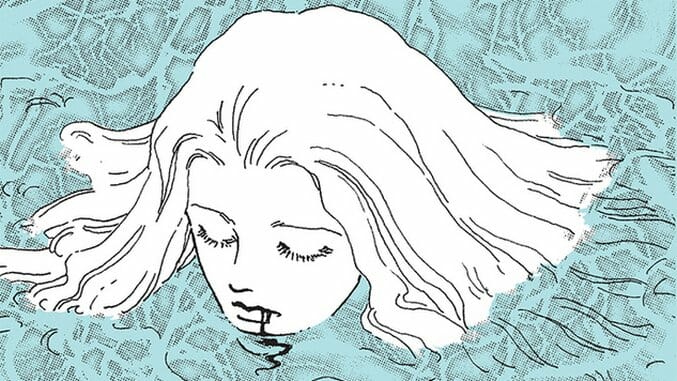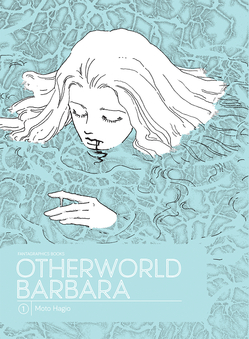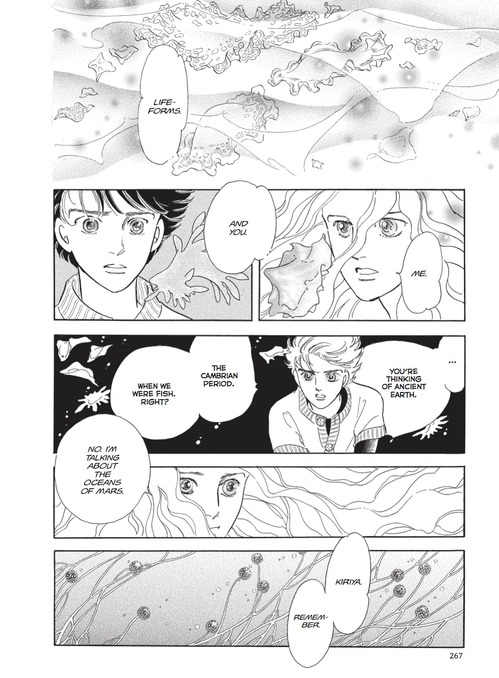Otherworld Barbara Vol. 1 Haunts You Like a Dream

Writer/Artist: Moto Hagio
Translator: Matt Thorn
Publisher: Fantagraphics
Release Date: August 9, 2016
 Otherworld Barbara, originally published between 2002 and 2005 in Japan and newly translated by Matt Thorn for Fantagraphics, is the kind of book that could hook an occasional manga reader into the world of Japanese comics for good. Dreamy, complex (but not incomprehensible) and eerie, it evokes Andrei Tarkovsky’s film Solaris and Lars von Trier’s miniseries The Kingdom in its atmospheric unfurling. Hagio has cited sci-fi writer Ray Bradbury as an influence, and the combination of gentleness and teeth that marks his work is equally present here.
Otherworld Barbara, originally published between 2002 and 2005 in Japan and newly translated by Matt Thorn for Fantagraphics, is the kind of book that could hook an occasional manga reader into the world of Japanese comics for good. Dreamy, complex (but not incomprehensible) and eerie, it evokes Andrei Tarkovsky’s film Solaris and Lars von Trier’s miniseries The Kingdom in its atmospheric unfurling. Hagio has cited sci-fi writer Ray Bradbury as an influence, and the combination of gentleness and teeth that marks his work is equally present here.
The plot unfolds in chapters, each one revealing just enough of the underlying mystery to keep you reading. A beautiful young woman, Aoba, has lied in a coma since apparently killing her parents and eating their hearts. She never wakes, but she seems to manifest phenomena psychically, from mysterious sand to storm-level winds. A dream investigator, Watari, is called in to enter her mind and find out more about her case. As he does so, he finds her enmeshed in an alternate reality, still a child, on an island called Barbara. But is it real? And what does it have to do with Watari’s estranged son, Kiriya? The story is good, but its telling is also skillful. Hagio knows how to pull a veil aside slowly, pacing her narrative for maximum pay-off. Even when she seems to be digressing, she’s following a thread of the same tapestry, which becomes clear to the invested reader.
-

-

-

-

-

-

-

-

-

-

-

-

-

-

-

-

-

-

-

-

-

-

-

-

-

-

-

-

-

-

-

-

-

-

-

-

-

-

-

-











































